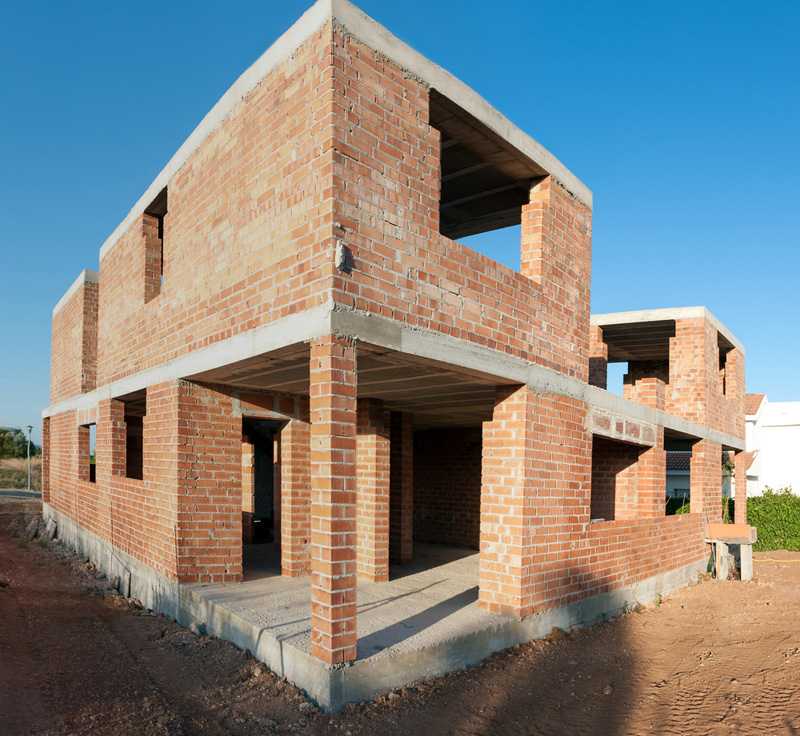Many older buildings suffer from bulging brickwork and leaning walls particularly those constructed with internal floors and walls providing no lateral restraint.
Floor level tie rods old masonry buildings.
Other names and styles of anchor plate include earthquake washer triangular washer s iron and t head.
Falcon tie bars and straps offer an effective solution to such problems by tying back affected walls.
An anchor plate floor plate or wall washer is a large plate or washer connected to a tie rod or bolt.
Throughout history metal tie rods and anchor plates have been installed to deal with structural problems reinforce the masonry structure and absorb the outward pressure.
Tying back affected walls.
They are used in load bearing walls constructed from masonry.
Builders attached the rods to the beams and then pushed them through the wall securing them to the outside in a way similar to using nuts and bolts.
The rods were used to secure floor support beams to the mill walls.
Design tie force 2f t or floor to ceiling height in m 2 5 f t equation 4.
This can look haphazard in some cases but can also be planned to fit into a design assuming a builder is on board and it fits the budget.
Strengthening of buildings 9 1 introduction the need to improve the ability of an exist ing building to withstand seismic forces arises usually from the evidence of dam age and poor behaviour during a recent earthquake.
By attaching the tie rods this way builders essentially anchored the floor beams to the walls.
In the united.
Due to the durability requirements that are now compulsory for the strengthening of old buildings the anchoring system as well as its tie rod were designed in stainless steel class aisi 304.
Though they can have other functions tie rods and anchor plates used to connect exterior walls to internal floor and roof beams generally follow a horizontal line on building facades.
In the 13th 16th centuries arches vaults and domes were made by inserting.
It can arise also from calcula tions or by comparisons with similar build ings that have been damaged in other places.
Anchor plates are used on exterior walls of masonry buildings for structural reinforcement.
One popular style is the star anchor an anchor plate cast or wrought in the shape of a five pointed star.
Design tie force three percent of the total ultimate vertical load in the wall or column at that level equation 5.
Horizontal ties should be provided in two directions at approximately right angle for corner columns.
The bars and straps are secured to the internal face of the wall using falcon resin anchors and are then notched into and securely screwed to the floor joists.
Structural engineer michael bussell explains the highly significant but often overlooked role of structural ironwork in 19th century british architecture exploring its uses and properties and detailing current best practice in assessing repairing and maintaining structural cast and wrought iron elements as well as the relevant fire protection issues.
Towards the end of the 19th century and during the beginning of the 20th they were used often in the construction of buildings to connect cables and tie rods and provide support when they were used to stabilize older structures.









